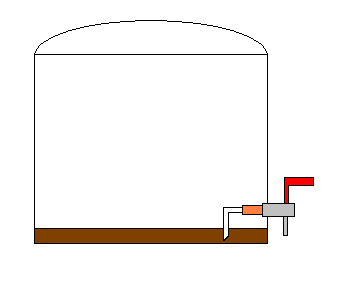RhodySeth
Well-Known Member
Well I used a lighter and smoothed out the bottom of the piece. Some sections got a little black. I was able to rub off some of the darkness but other parts still look pretty charred. I soaked it in oxy overnight - hopefully that'll help clean it up more.
Well the Oxy didn't do much. The bottom still looks pretty charred and sooty. I'm not really keen on using the dirty thing to bottle so I picked up another one to try again (they're cheap enough.) I'm gonna practice on the piece that was cut off first to see if I can smooth it out without scorching the thing.



















![Craft A Brew - Safale S-04 Dry Yeast - Fermentis - English Ale Dry Yeast - For English and American Ales and Hard Apple Ciders - Ingredients for Home Brewing - Beer Making Supplies - [1 Pack]](https://m.media-amazon.com/images/I/41fVGNh6JfL._SL500_.jpg)










































